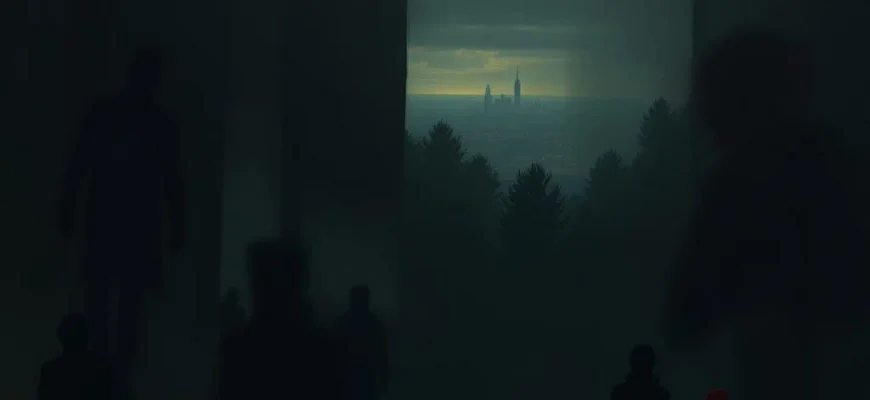If you were captivated by the intricate storytelling and moral ambiguity of 'Rashomon' (1950), you'll love these 10 similar films and shows. Akira Kurosawa's masterpiece revolutionized cinema with its exploration of truth and perspective, and this article will guide you through other works that challenge reality in equally compelling ways. Whether you're a fan of psychological depth, unreliable narrators, or thought-provoking themes, these recommendations will keep you engaged.

Ikiru (1952)
Description: A poignant meditation on life, death, and the search for meaning, told through the story of a terminally ill bureaucrat striving to leave a legacy.
Fact: The film's title translates to 'To Live.' It was partially inspired by Leo Tolstoy's novella 'The Death of Ivan Ilyich.'
 Watch Now
Watch Now 
Ugetsu (1953)
Description: A haunting blend of ghost story and human drama, exploring themes of ambition, guilt, and the supernatural in a war-torn feudal setting.
Fact: The film is based on two stories from Ueda Akinari's 'Tales of Moonlight and Rain.' It is renowned for its dreamlike atmosphere and poetic visuals.
 Watch Now
Watch Now 
Throne of Blood (1957)
Description: A Shakespearean adaptation set in feudal Japan, exploring ambition, fate, and the consequences of human actions through a visually striking and atmospheric lens.
Fact: The film's climactic scene features real arrows shot at the protagonist, creating an intense and realistic effect. It is one of the most acclaimed adaptations of 'Macbeth.'
 Watch Now
Watch Now 
The Seventh Seal (1957)
Description: Explores existential themes through a medieval knight's journey, questioning morality and human nature, much like the philosophical depth found in the reference.
Fact: The iconic imagery of the knight playing chess with Death has become a symbol of existential cinema. The film was shot in Sweden and features a stark, haunting visual style.
 Watch Now
Watch Now 
The Hidden Fortress (1958)
Description: An adventure epic that blends action with deep humanism, following characters from different social strata as they navigate a perilous journey.
Fact: George Lucas cited this film as a major influence for 'Star Wars,' particularly its use of lowly characters as the audience's entry point into the story.
 Watch Now
Watch Now 
Yojimbo (1961)
Description: A masterless samurai manipulates rival factions, showcasing themes of deception and moral ambiguity, with a narrative that unfolds through shifting loyalties.
Fact: The film inspired the spaghetti western 'A Fistful of Dollars.' The protagonist's name, Sanjuro, means '30-year-old,' reflecting his age and experience.
 Watch Now
Watch Now 
Sanjuro (1962)
Description: A sequel that continues the themes of cunning and moral complexity, with a ronin using his wits to outmaneuver corrupt officials and save the innocent.
Fact: The film was originally intended to be a standalone story but was rewritten to feature the same protagonist as 'Yojimbo.' It features a famously restrained final duel.
 Watch Now
Watch Now 
High and Low (1963)
Description: A gripping crime drama that delves into class disparity and moral dilemmas, presenting multiple perspectives on justice and human behavior.
Fact: The film is divided into two distinct parts, one set in a wealthy man's home and the other in the gritty underworld of Tokyo. It was based on an American crime novel.
 Watch Now
Watch Now 
Red Beard (1965)
Description: A profound humanist drama about a young doctor learning compassion and humility under the mentorship of a seasoned physician, exploring themes of suffering and redemption.
Fact: The film marked the final collaboration between its director and lead actor. It was shot in black and white despite the increasing popularity of color films at the time.
 Watch Now
Watch Now 
Dersu Uzala (1975)
Description: A visually stunning tale of friendship and survival in the wilderness, highlighting the clash between modernity and traditional wisdom.
Fact: The film was shot on location in Siberia, facing extreme weather conditions. It won the Academy Award for Best Foreign Language Film.
 Watch Now
Watch Now 








